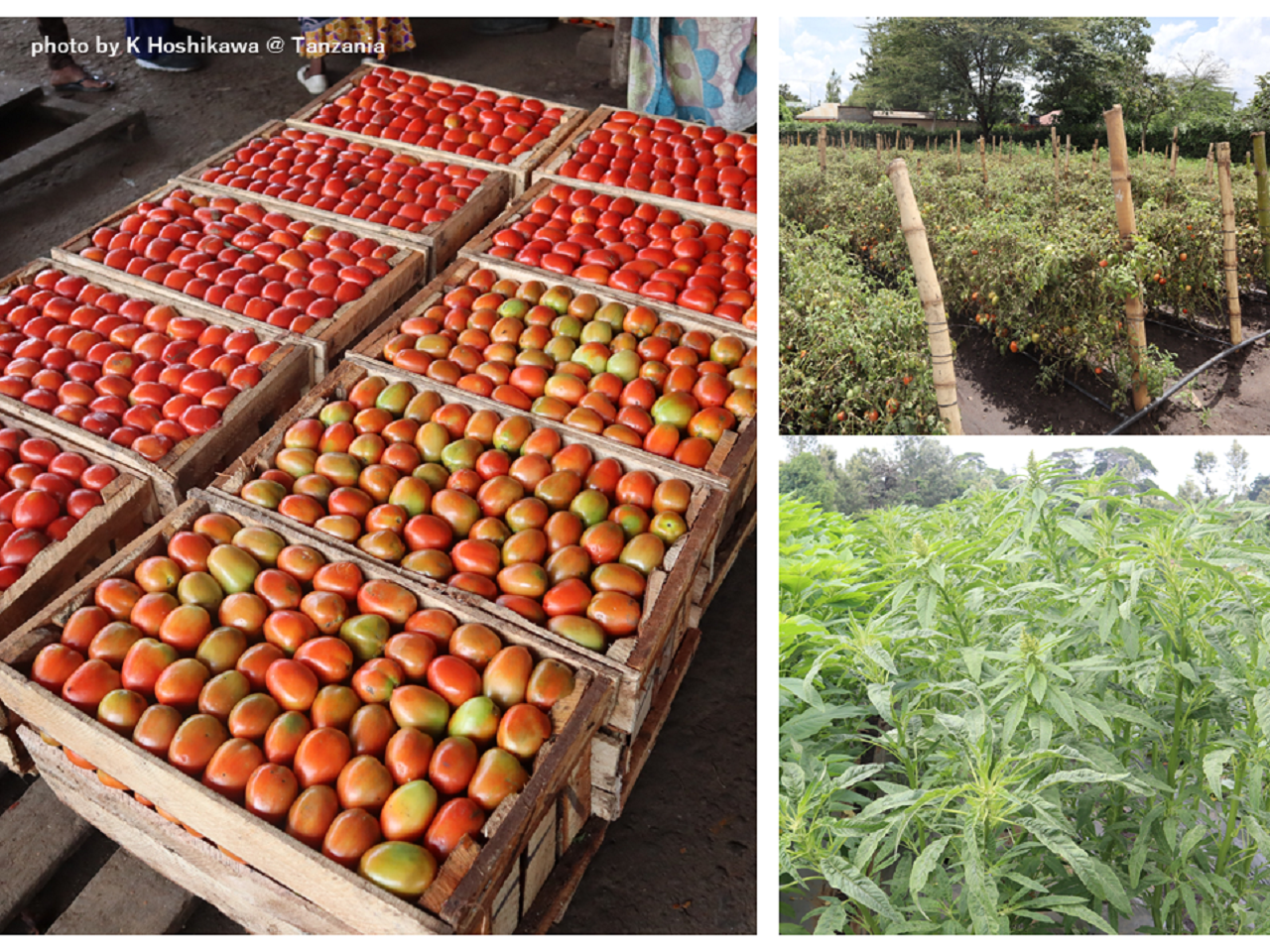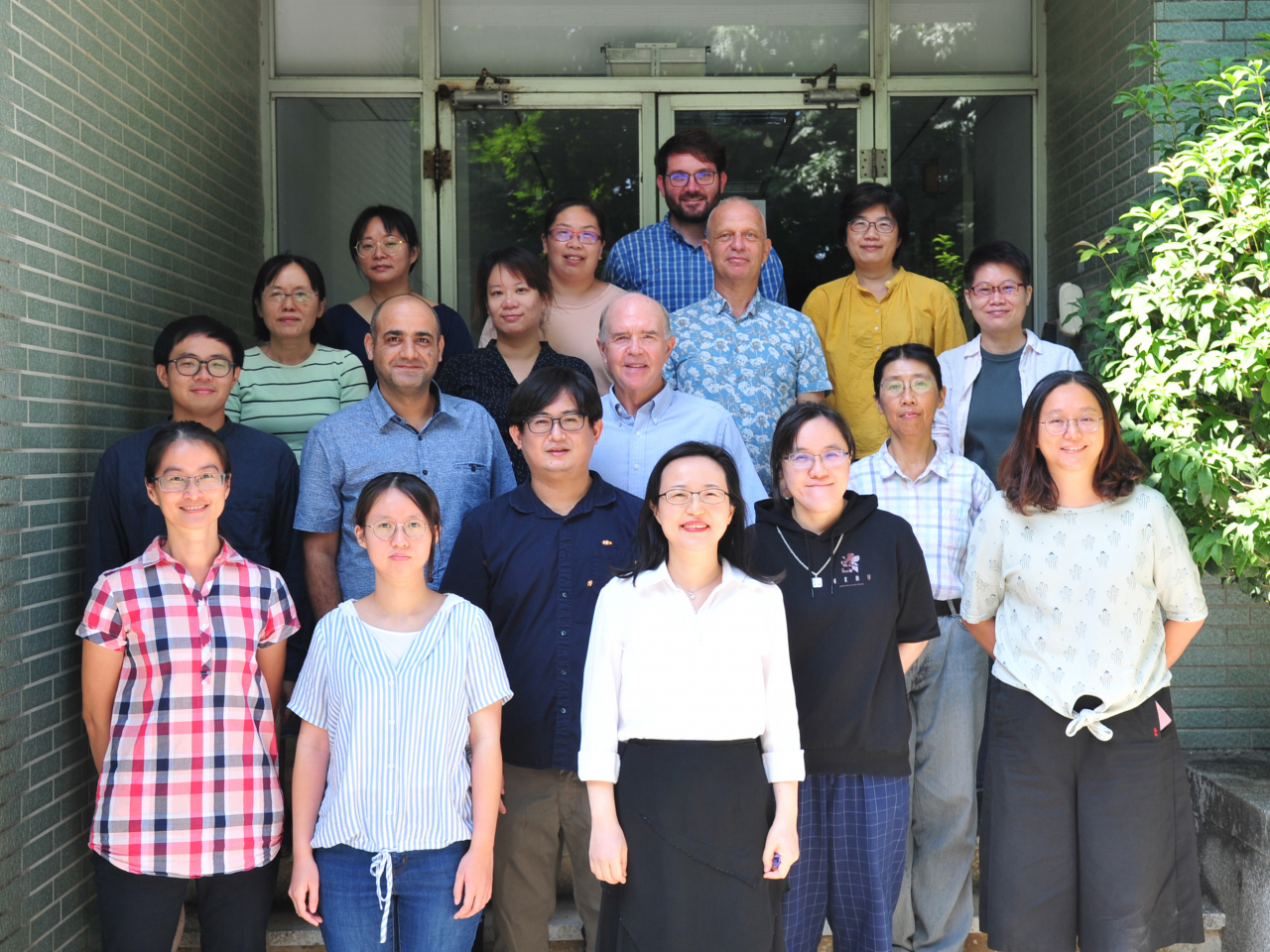Pick Up
490. Vegetable Research ― Towards Improving Global Nutrition ―

Vegetables contain nutrients and functional ingredients such as vitamins, minerals, carotenoids, and dietary fiber regulate the body's condition, so we need to consume vegetables every day. It is even recommended that we eat one soccer ball (400 g) of vegetables per day in our daily diet.
On the other hand, looking at the global nutrition situation, malnutrition, called 'hidden hunger' has been attracting attention as a serious food problem. It is known that more than 2 billion people worldwide do not receive the nutrition they need for their daily lives, more than the 800 million people suffering from hunger. These people are more severely affected in developing regions of Africa and Asia than in developed countries such as Japan, where we live.
Eating vegetables and taking nutrients and functional ingredients are very important for a healthy life. I am conducting research to improve nutrition in Africa using genetic resources of vegetables, particularly focusing on Tanzania, where JIRCAS has conducted various studies, as a model country in Africa.
I have been pursuing vegetable research at the DNA level using molecular biological methods. Based on this research experience, I am conducting research on genetic resources of tomato and amaranth at the World Vegetable Center in Taiwan, with the aim of selecting highly nutritious lines and improving locally adapted varieties. Tomato is the most cultivated, produced, and consumed vegetable globally, and amaranth is one of the traditional African vegetables. However, we have found it difficult to solve various problems using only an agronomic approach, so we are collaborating with researchers from many fields, including socio-economics at JIRCAS and the World Vegetable Center. We hope to contribute to the improvement of nutrition globally through research on genetic resources of tomato and amaranth in collaboration with researchers from many fields, both domestic and international.
This is an excerpt from the latest issue of Koho JIRCAS available on our website (https://www.jircas.go.jp/ja/publication/jircas).
Contributor: HOSHIKAWA Ken (Biological Resources and Post-harvest Division)

